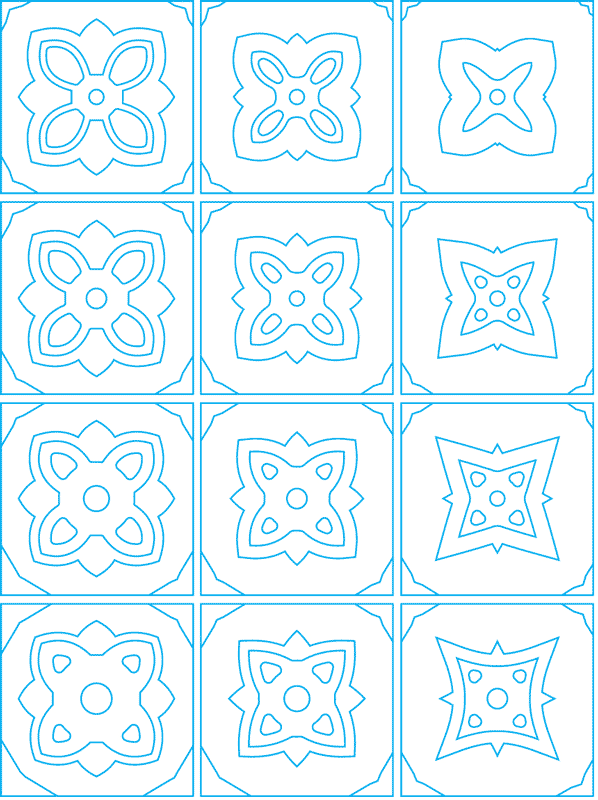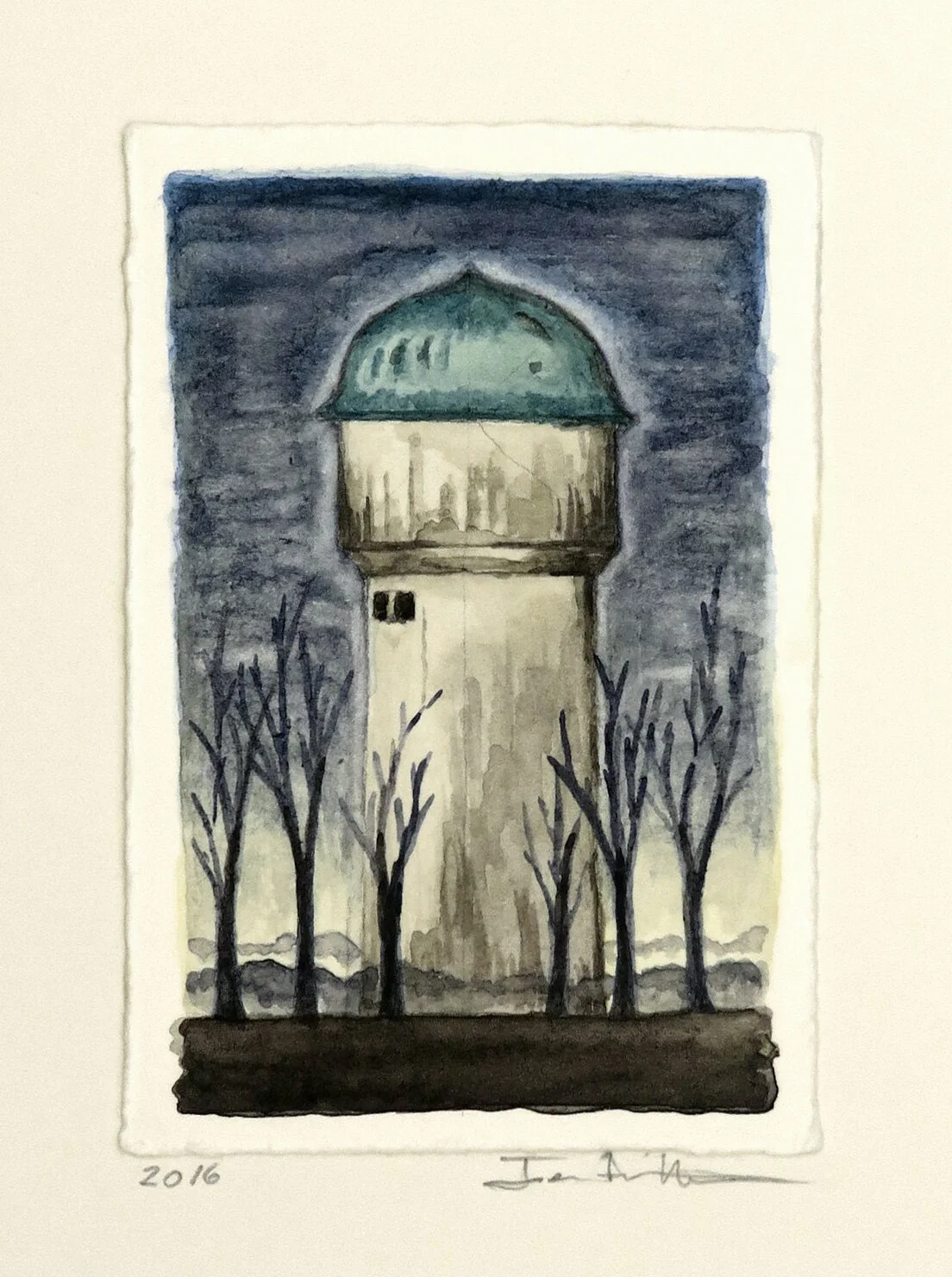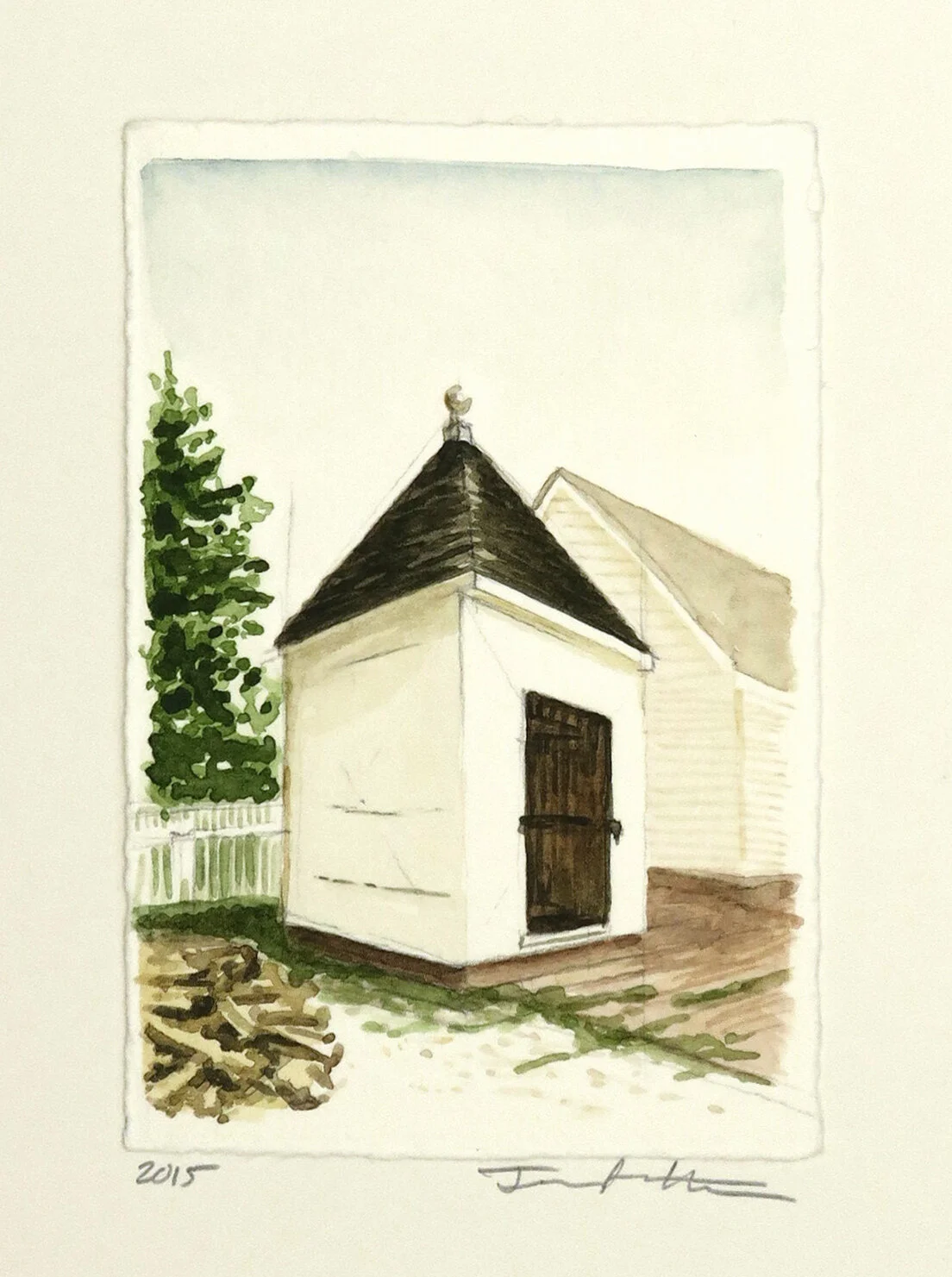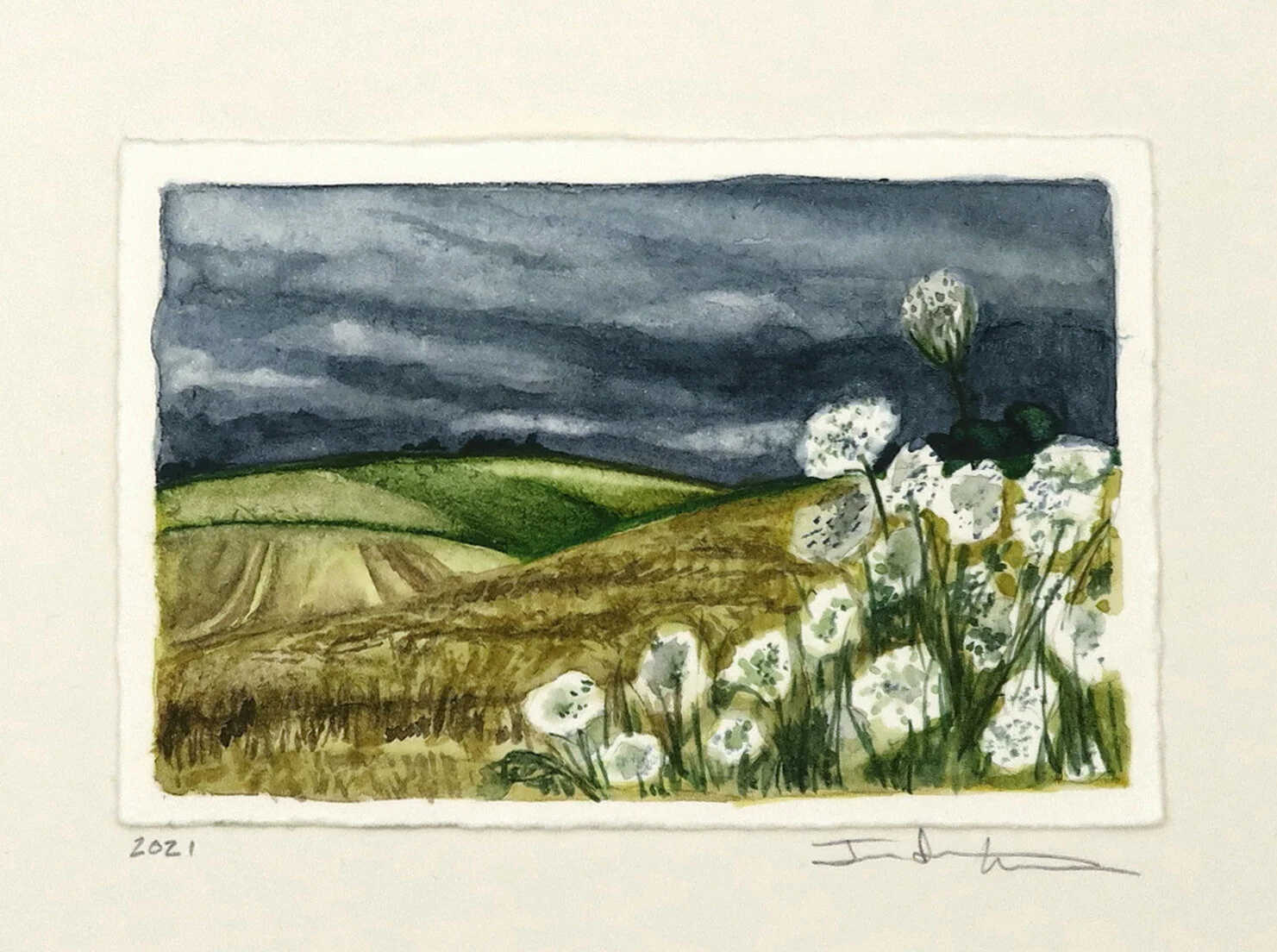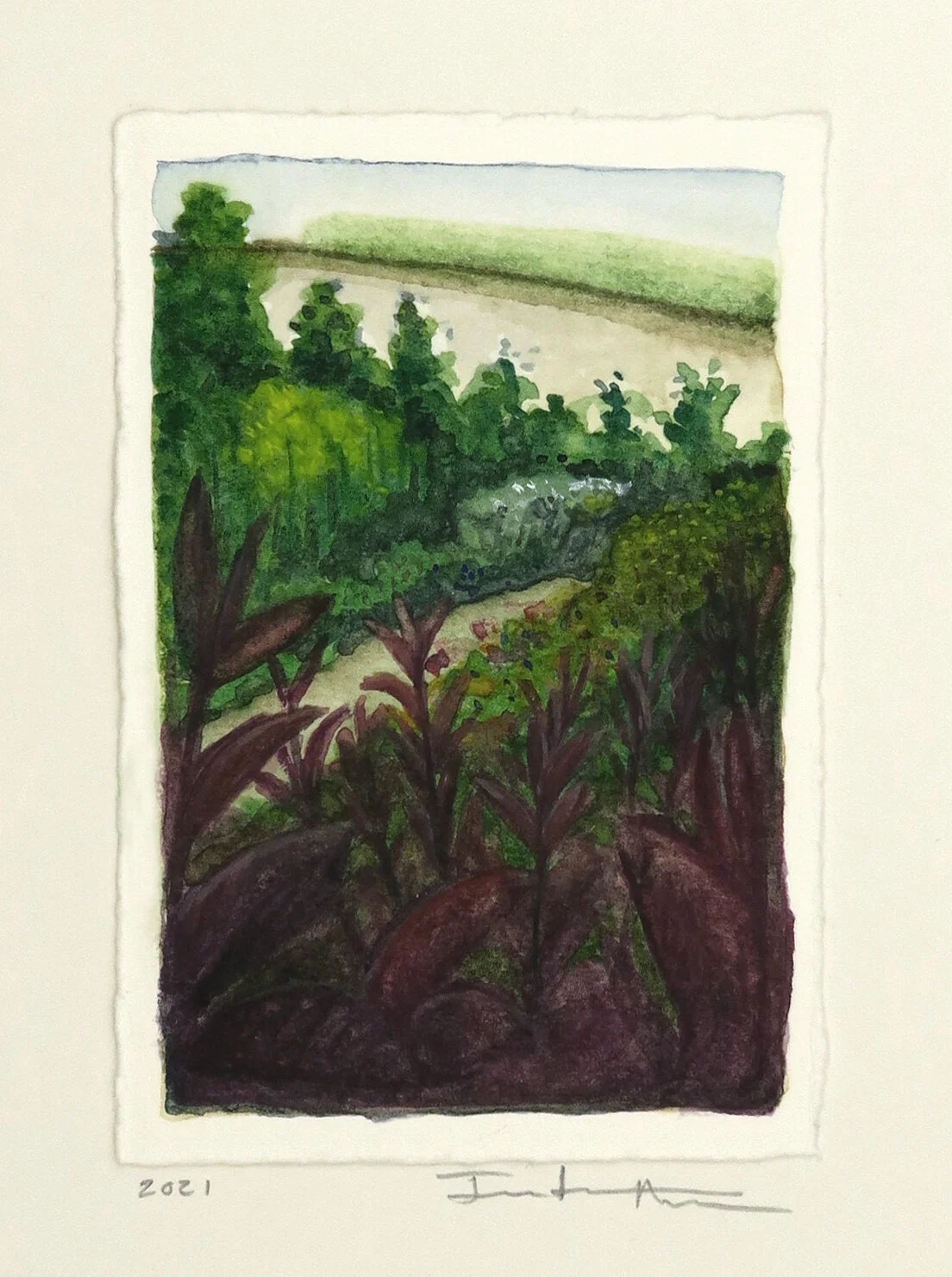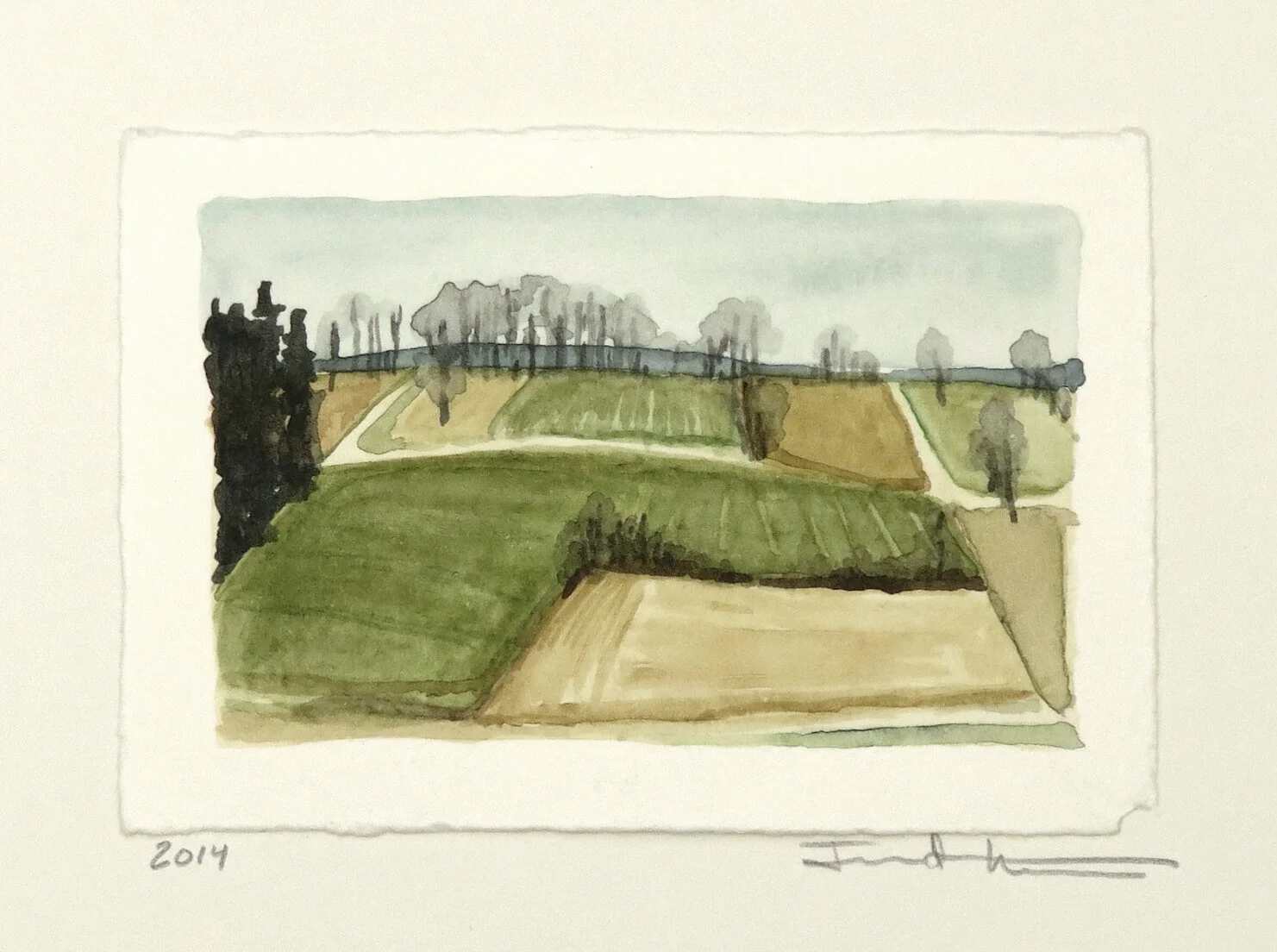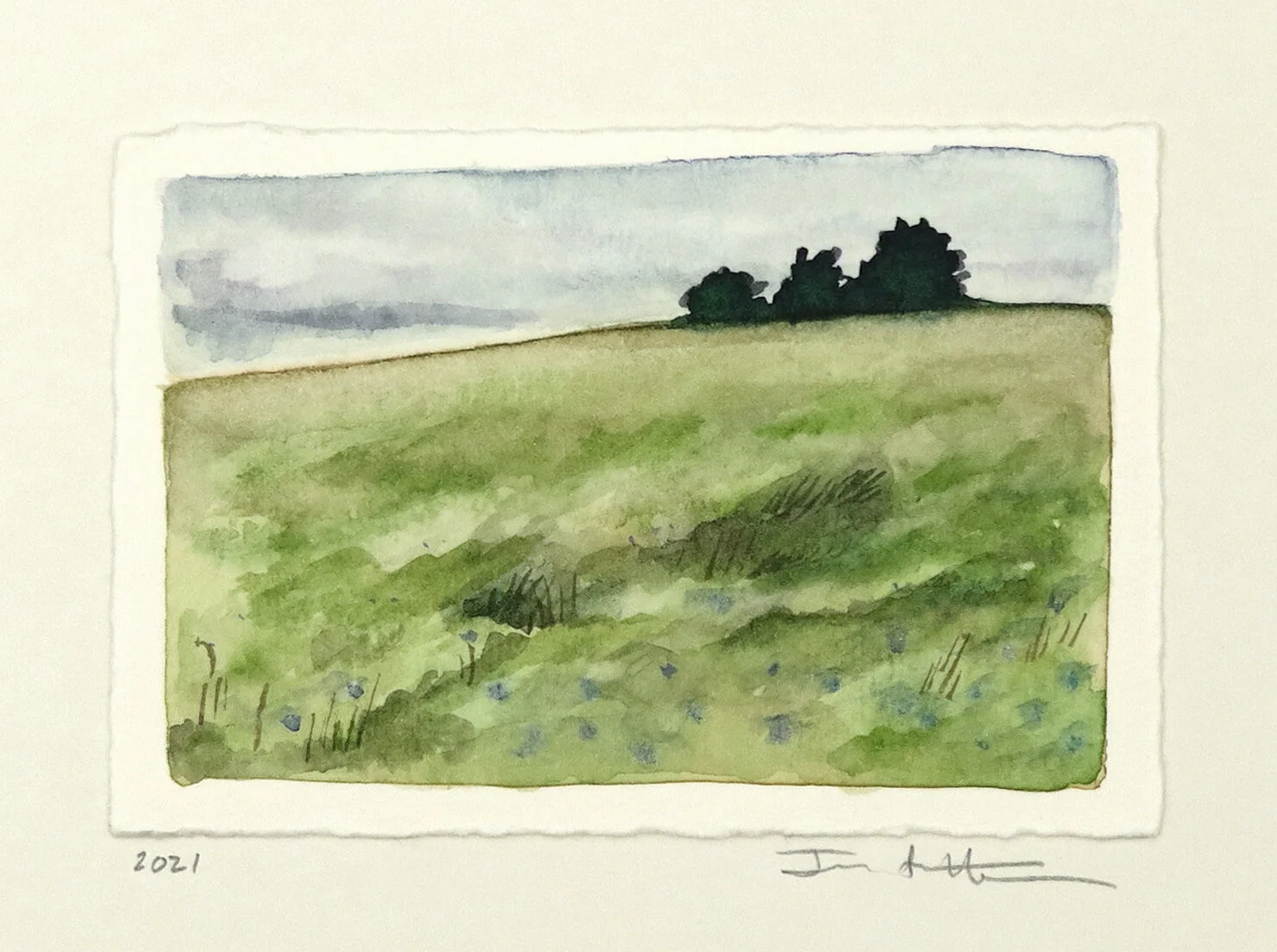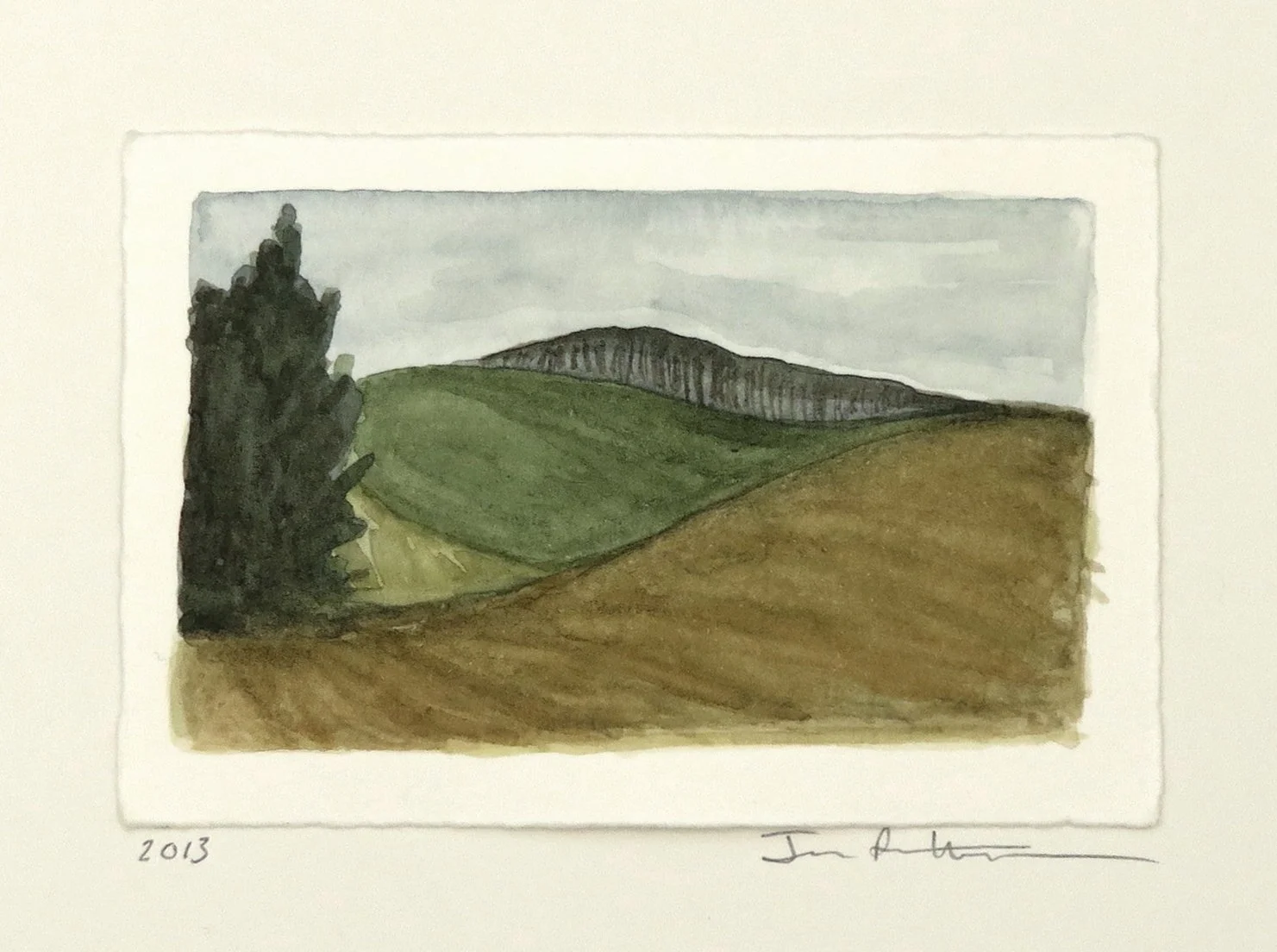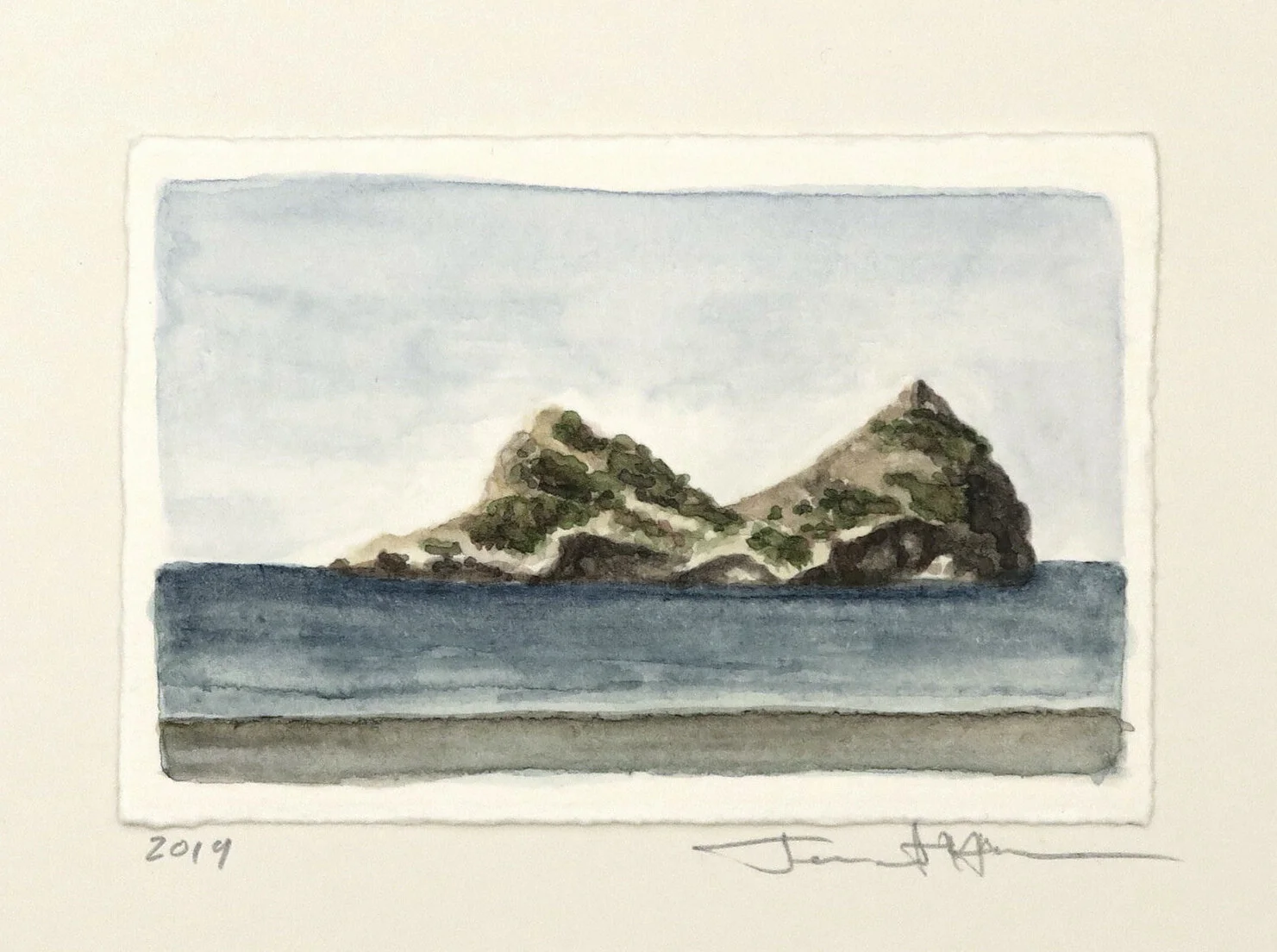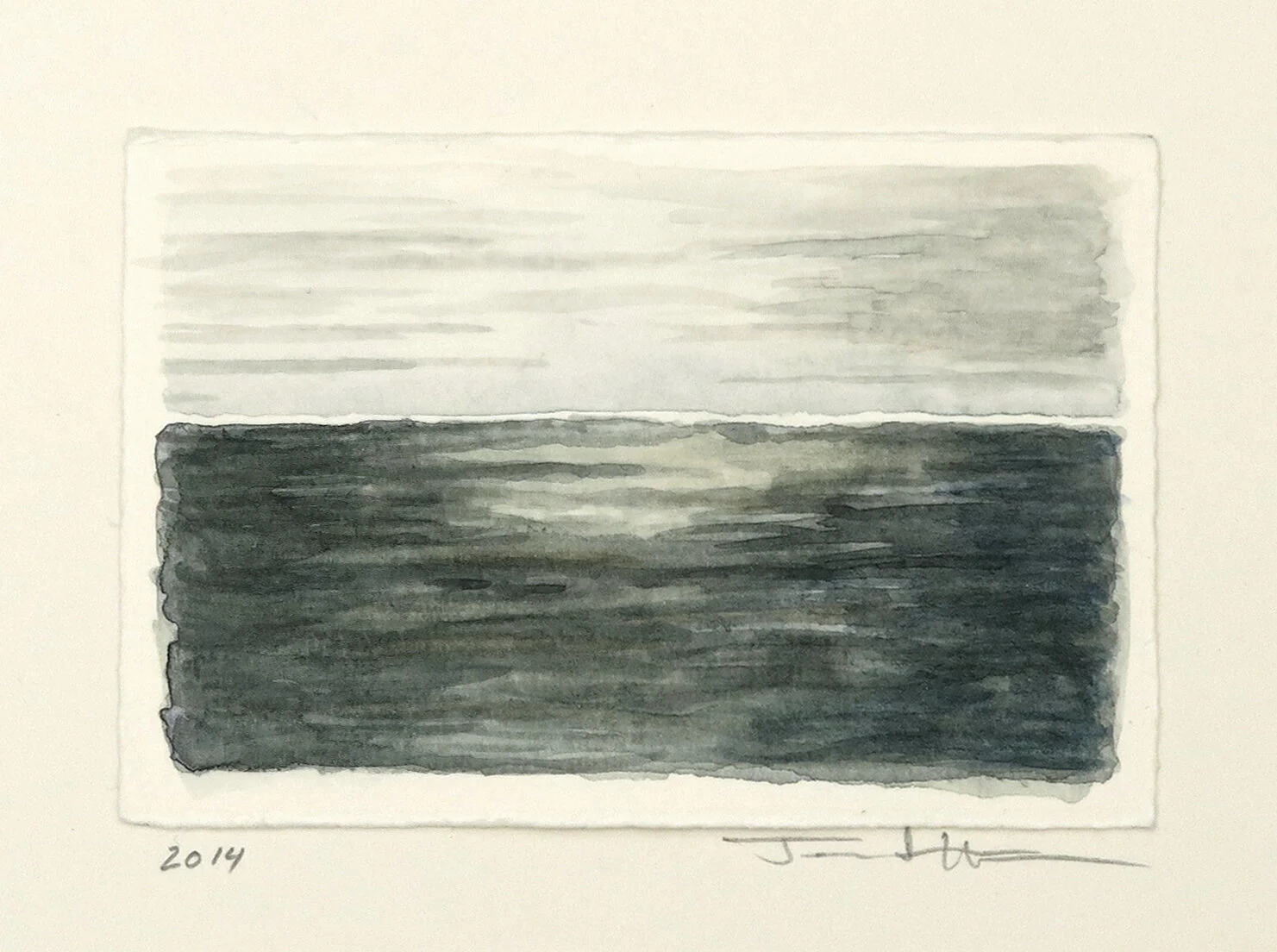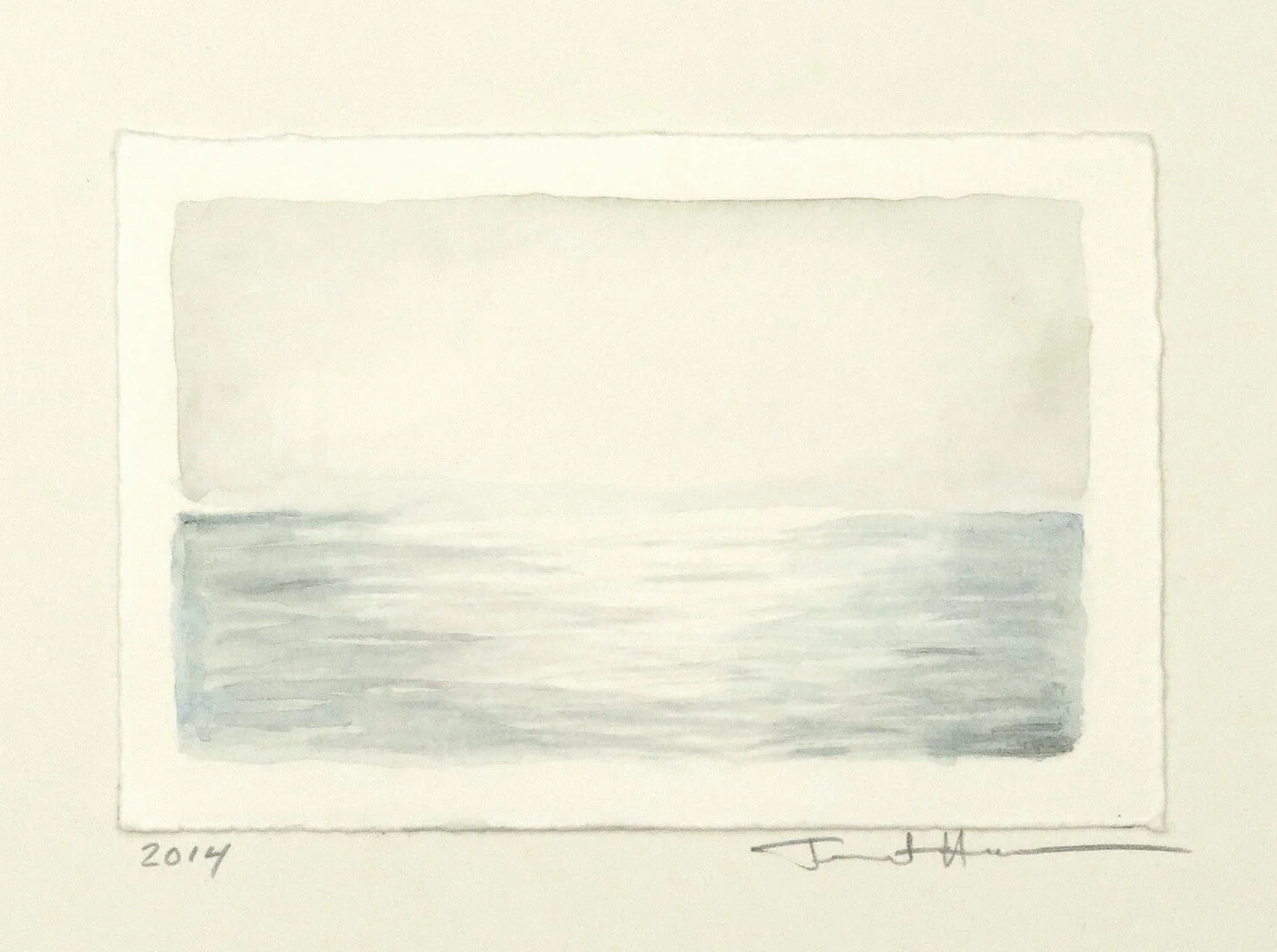DE
Mit Blick auf den Himmel wird das Sternbild Draco innerhalb der nördlichen Hemisphäre als dauerhafte Entität erkannt, denn im Laufe des Jahres setzt es niemals ein. Draco ist heute wie seit Jahrhunderten eine ständige Position am Himmel. Als solche haben ihre Sterne als Navigationsführer über Ozeane und weite Landschaften gedient.
Obwohl die funktionale Bedeutung von Draco in Unruhe geraten ist, werden die Konstellation und die anderen Strichfiguren in der Nacht immer noch an einem wahrgenommenen, "flachen" Himmel erkannt. Die Domebene über unseren Köpfen ist jedoch eine wahrgenommene Abstraktion, denn innerhalb dieser Konstellationen existieren die Sterne in unterschiedlichen extremen Entfernungen von der Erde und voneinander.
Starfield untersucht die Querschnittsverhältnisse der Sterne im Gegensatz zu der scheinbaren Ebene des Abendhimmels, einer Gegenüberstellung der Konfiguration gegenüber dem Raum eines städtischen Innenhofs. Es stellt nicht nur die räumliche Beziehung der Sterne dar, sondern kontrastiert auch den einst sichtbaren Himmel, der jetzt durch die kontrastierenden Lichter der Stadt verblasst wird. Um diesen Moment des Kontrasts zu schaffen, besteht die Installation aus einer beleuchteten Rahmenmatrix aus verbundenen Sternpunkten, die über den Köpfen der Öffentlichkeit hängt.
Das Matrixdesign positioniert die Sterne in Bezug auf die typische Art und Weise, wie sie normalerweise gesehen werden, zweidimensional, sie sind jedoch innerhalb einer maximalen Schnitttiefe von drei Fuß verschoben. Die erhabene Länge ist proportional zum Abstand zwischen der Erde und jedem einzelnen Stern. Sterne, die weiter von der Erde entfernt sind, werden höher angehoben, während sich nähere Sterne näher am Hofboden befinden. Diese Punkte, die durch Aluminiumrohrelemente trianguliert und physisch gemacht werden, erzeugen ein dreidimensionales Delauney-Netz. Um das Starfield weiter darzustellen, hält jedes Glied oder Sternpunkt eines Mitglieds ein LED-Licht. Dracos Sterne sind weiß, während die umgebenden Punkte blau sind, um die Konstellation zu identifizieren.
Durch das Füllen der dachlosen Leere des Innenhofs wird das abstrahierte Bild des wahrgenommenen Himmels durch eine dreidimensionale Darstellung ersetzt. Während sich die Besucher unter der Installation bewegen, wird Dracos Konstellation von seinem erdgebundenen Image befreit und stellt seine räumliche Konfiguration wieder her.
EN
Looking to the heavens, the constellation Draco is recognized as an entity of permanence within the Northern Hemisphere, for as the year passes, it never sets. Draco holds a constant position in the skies today as much as it has for centuries. As such, its stars have served as navigational guides over oceans and vast landscapes.
Although the functional significance of Draco has dithered, the constellation and the other line drawn figures in the night are still recognized on a perceived, “flat,” sky. However, the domical plane above our heads is a perceived abstraction, for within these constellations, the stars exist at varying extreme distances from Earth and from each other.
Starfield investigates the sectional relationship of the stars in contrast to the apparent flat of the evening sky, a juxtaposition of the configuration against the space of an urban courtyard. It represents not only the spatial relationship of the stars, but also contrasts the once visible sky that is now faded by the contrasting city lights. To create this moment of contrast, the installation is a lighted frame matrix of linked star points that is hung above the heads of the public.
The matrix design positions the stars with respect to how they are typically seen, two dimensionally, but they are shifted within a maximum section depth of three feet. The raised length is proportionate to the distance between the Earth and each individual star. Stars farther away from Earth are raised higher, while closer stars are located closer to the courtyard floor. These points, triangulated and made physical by aluminum pipe members create a three dimensional Delauney mesh. To further represent the Starfield, each member joint, or star point, holds an LED light. Draco’s stars are white, while surrounding points are blue to assist in identifying the constellation.
By filling the roofless void of the courtyard, the abstracted image of the perceived sky is replaced by a three dimensional representation. As visitors move under the installation, Draco’s constellation is released from its earthbound image and reclaims it’s spatial configuration.
2011
Concept + Project Leader: Jennifer Harmon
Design Team: Joshua Kehl, Spencer Kroll, Cathy Pyenson, Ben Thomas
Assistance: Peter von Buelow, Maciej Kaczynski, Missy Ablin, Will Martin, Logan Wiedman, Wencan Xue, Michael Glenboski
Made possible by the generous support of the A. Alfred Taubman College of Architecture and Urban Planning at the University of Michigan and the New Orleans AIA DesCours













































































































































